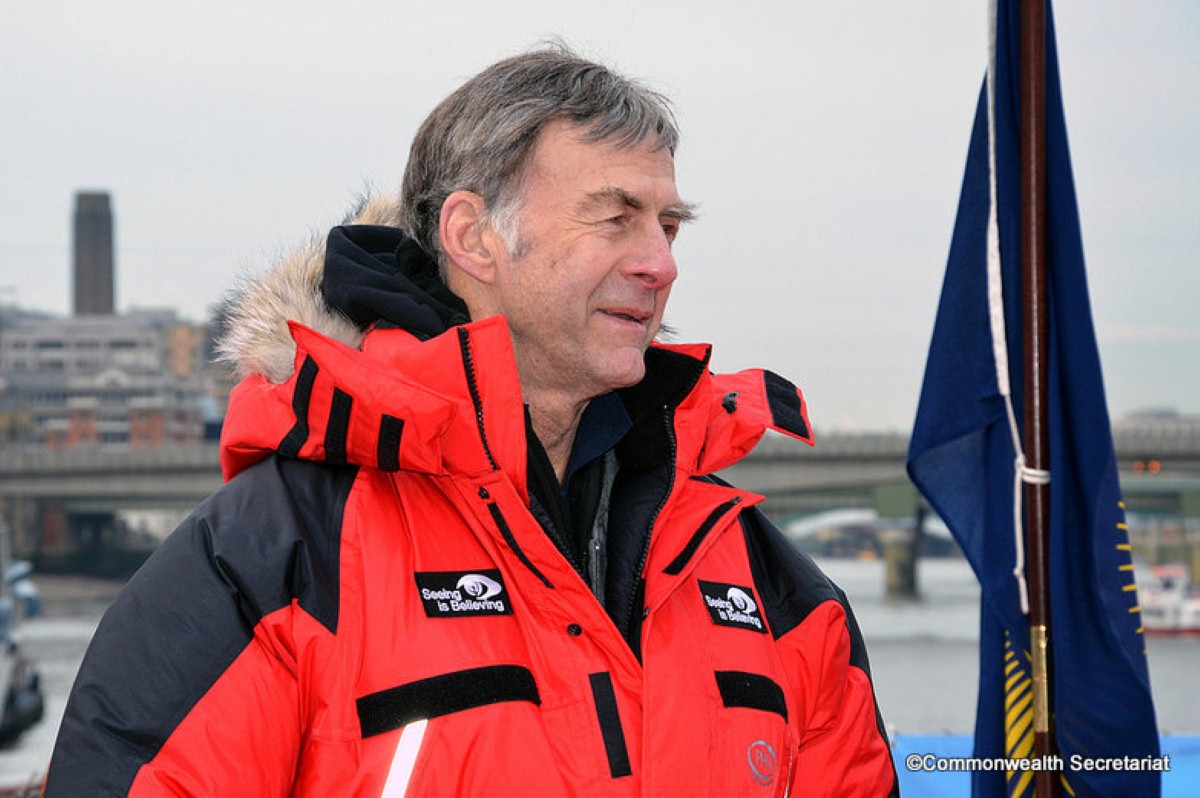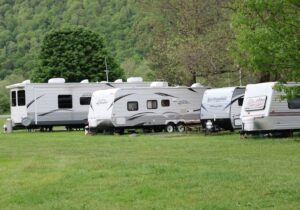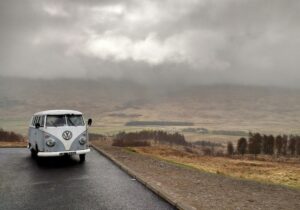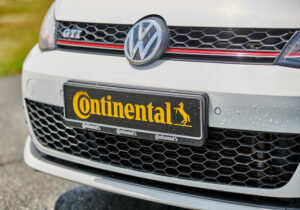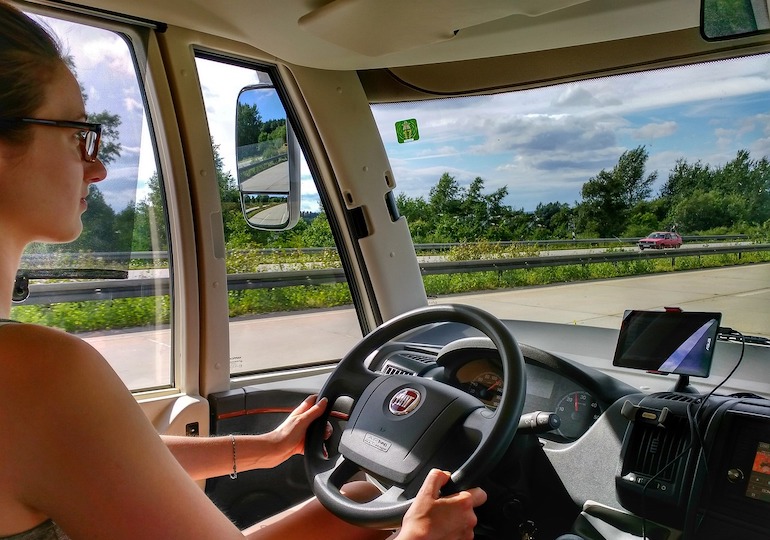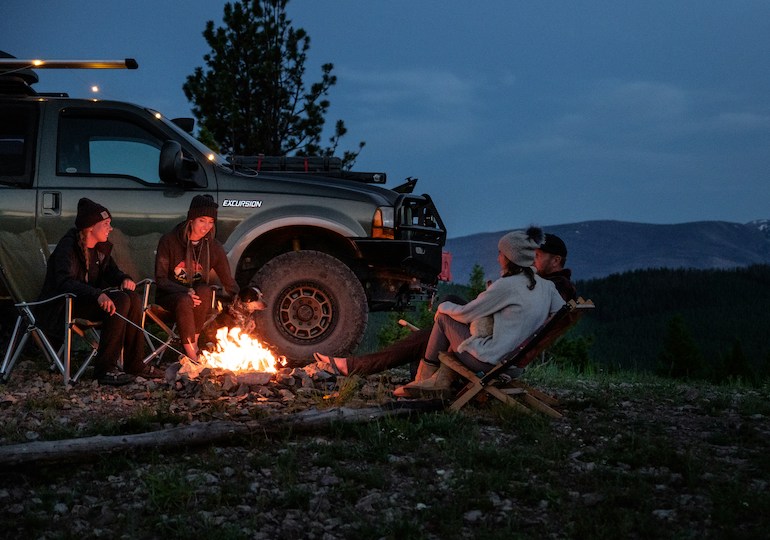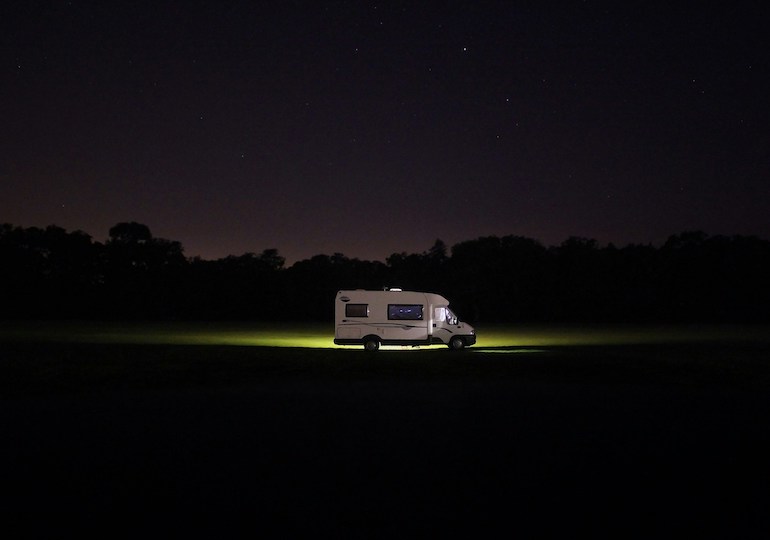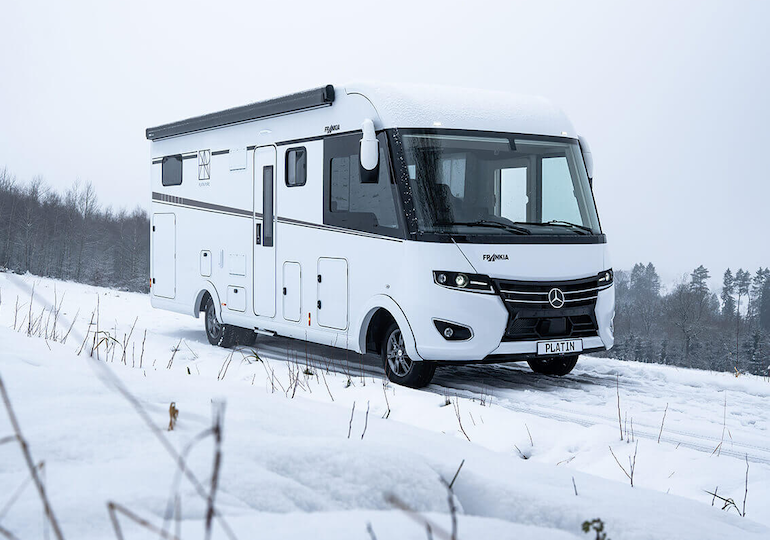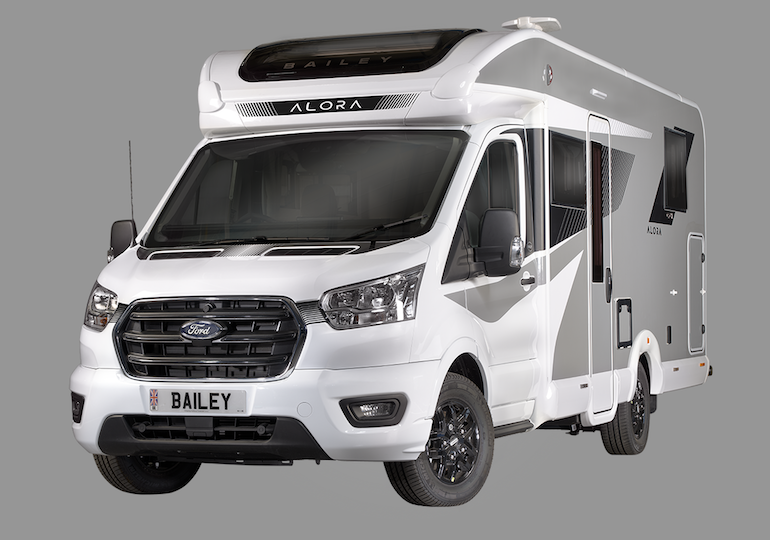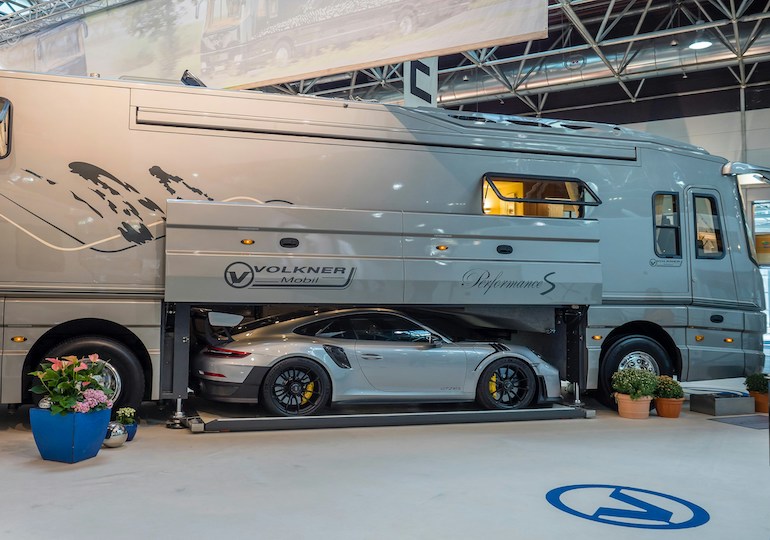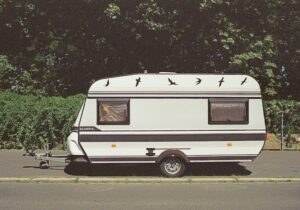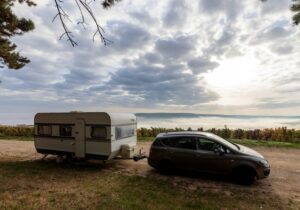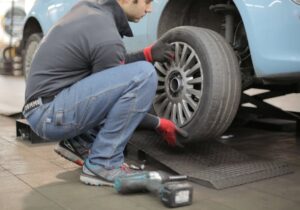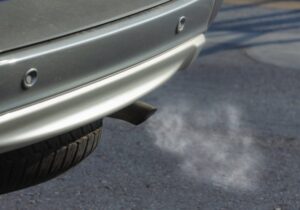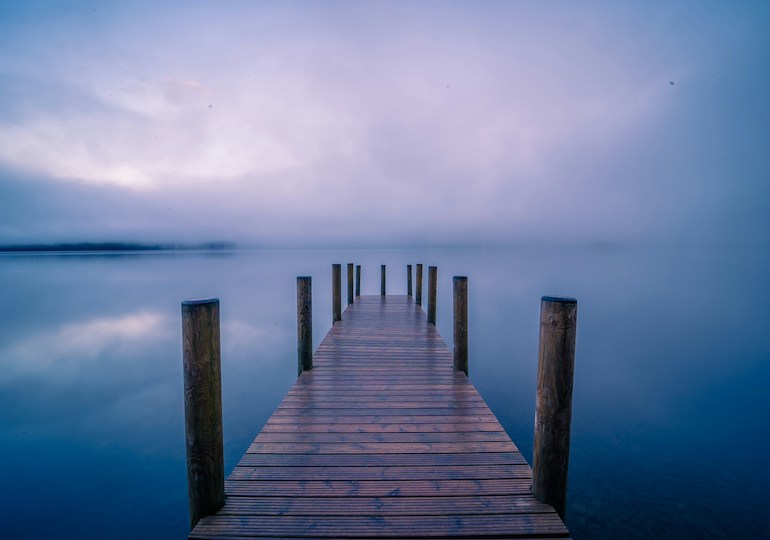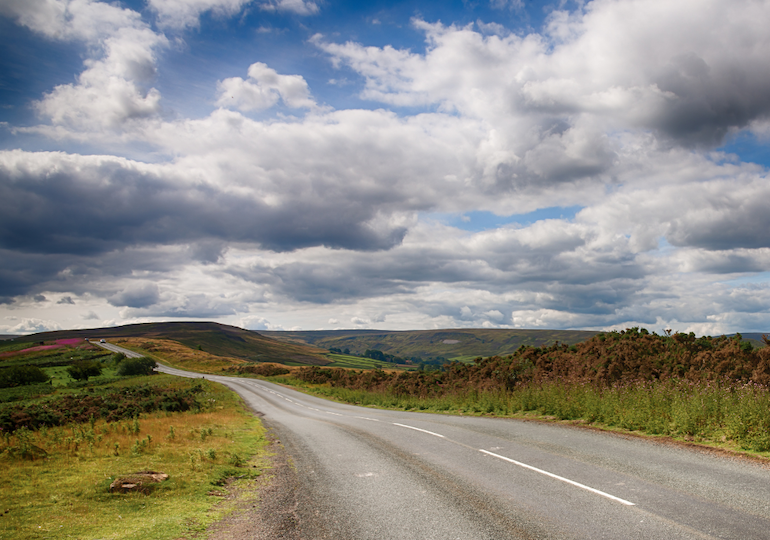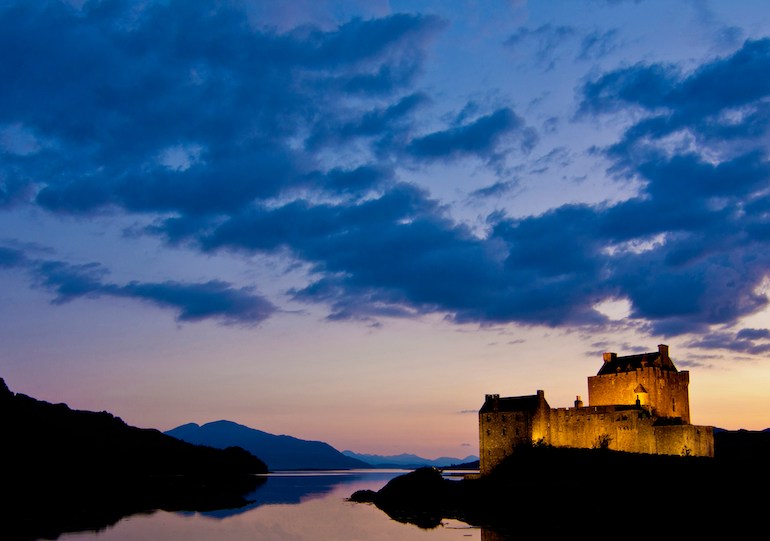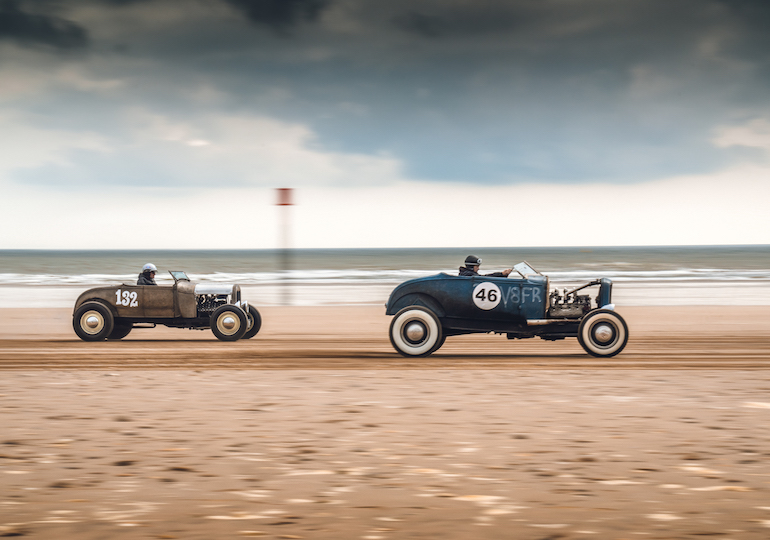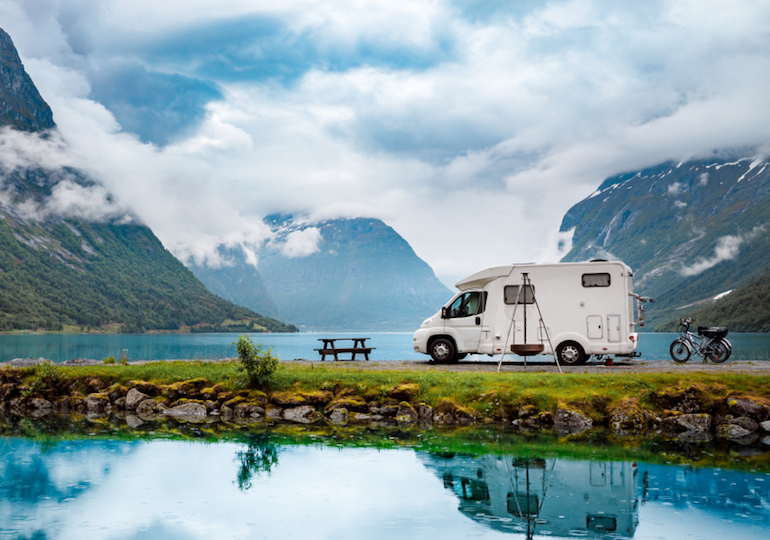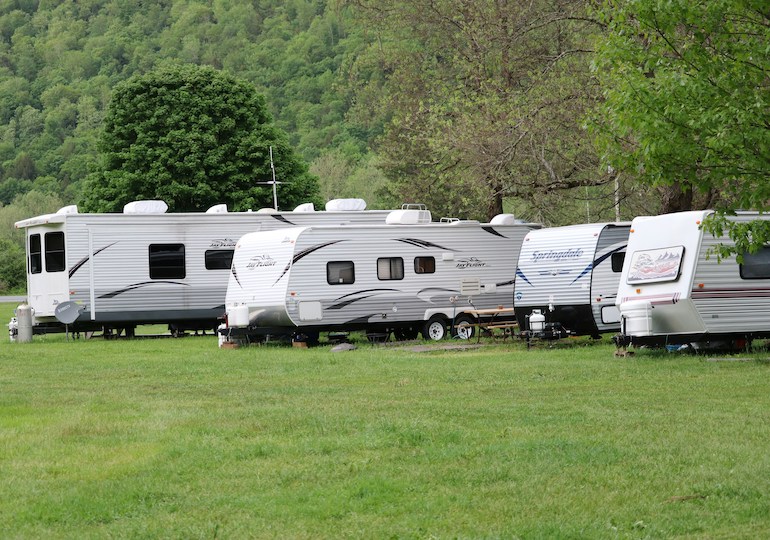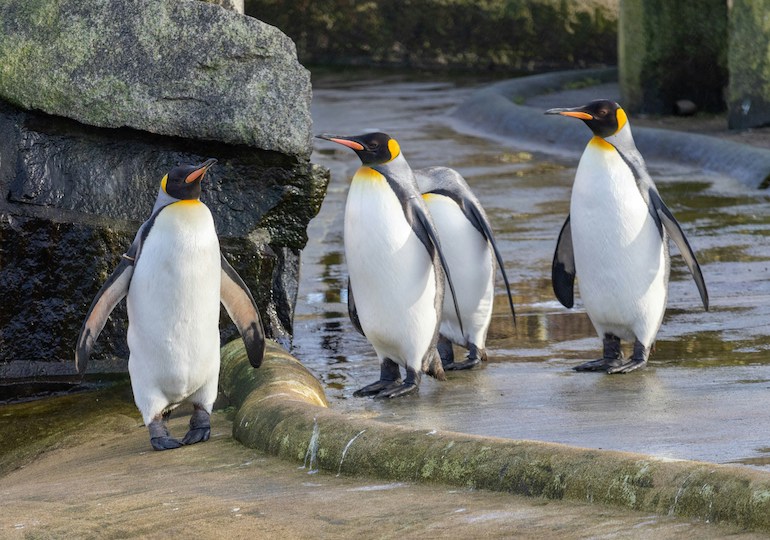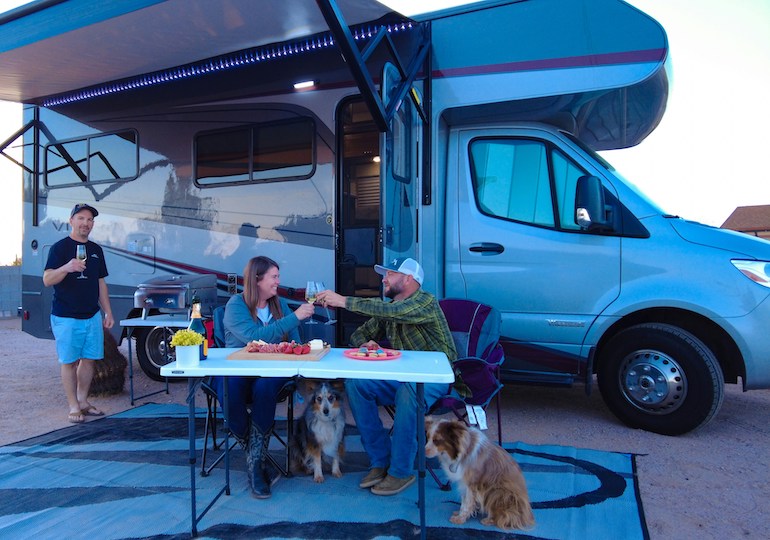by Ben Wilby
Sir Ranulph Fiennes needs no introduction. As a man who has circumnavigated the globe, reached both poles and climbed Everest after having a heart attack – he has done more than most will ever do.
Now 68, it would be no surprise if he decided he had done enough and put his feet up, perhaps buying a caravan and touring Britain instead.
However he has decided to go down a different route, and this week (6 December) will see him beginning The Coldest Journey – a gruelling expedition across Antarctica in the permanent darkness of winter.
He is part of a six-man team that will attempt the 4,000 mile trek, a feat that has never been achieved before.
World renowned for his competitive spirit, one of the main reasons for Sir Ranulph’s trek is that he wants to do it before a Norwegian team manage it first.
A caravan on skis
As a guest of Dometic, one of The Coldest Journey’s chief sponsors, CaravanTimes was treated to an audience with this inspirational explorer aboard the expedition ship SA Agulhas when it was docked in London earlier this week (4 December).
One area of this gruelling trek that interested us most was the cabooses. These will be the team’s home for the journey, and Sir Ranulph likens them to ‘caravans on skis’.
“That’s a fairly accurate description. There are two of them and they are 27ft long each. A team of volunteers have spent the best part of a year making them into living spaces.”
Only one will be used by Sir Ranulph and his team, the other caboose will be reserved for medical supplies, and storage for other essential equipment.
Sir Ranulph describes this caravan-sized living space as “pretty comfortable”, although he admits that “there is not going to be a lot of room”.
This description seems apt, and with two sets of triple bunk beds in the sleeping quarters it is going to be a real squeeze – something any caravanner who has tried to fit eight in a six-berth will be familiar with.
The cabooses also have rather unconventional tow vehicles – with two specially modified Caterpillar D6Ns taking on the job.
Scientific reasons
Some have questioned the importance of the expedition, dismissing it as folly and pointing to Sir Ranulph’s vanity as the sole motivation.
This is not just one man’s quest to be the first, however. It is an important chance for some serious scientific research as Rob Lambert, the team’s medical doctor, explained:
“This is a big medical science research programme we’re undertaking. We’ll be taking everyone’s blood once a month and there will be various samples taken as well.”
The blood will be taken as part of a project known as White Mars, which will look at the physiological and psychological effects of both acute, intermittent exposure to extreme cold and chronic exposure to loss of the day/night cycle.
The samples taken will be of cryo-bacteria, micro-organisms that are capable of withstanding the extreme cold conditions.
Demonstrating that they are well-aware of the dangers, Rob also pointed out that they are prepared should things go wrong, “We will also need a supply of various drugs but hopefully we won’t have to use those!”
A fridge in Antarctica?
The trip has received a lot of support and many sponsors, including the Caravan Club and Bailey Caravans, while Dometic has supplied the team’s fridge.
We know what you’re thinking – why would you need a fridge in the Antarctic?
Sir Ranulph himself admitted that “it sounds like a joke” but it is in fact a vital piece of equipment that needs to be both reliable and powerful enough to reach exact temperatures in some highly challenging conditions.
“There are a lot of strange bacteria in the extreme cold that need to be stored with exactitude,” he explains.
More important for the crew as they cross the Antarctic wasteland, however will be the rations fridge, and it is here where the large storage space in the cabooses will come in handy, as there has to be enough to feed six people for a year.
As you might imagine, dining at the South Pole is hardly gourmet, and we asked Sir Ranulph whether he had any input in the food available: “No. I never got to choose anything, others might have been given the choice but I wasn’t.”
The cold should ensure their appetites remain strong and they are unlikely to care what they eat after a day on the ice.
Perhaps the hardest job belongs to traverse manager Brian Newham, who has to make sure that “two weeks’ worth of sausages are not eaten in a week.”
An unenviable position, particularly when we asked Sir Ranulph what food he is most looking forward to when he finally gets home and saw his eyes light up as he listed them:
“I will be glad to see lots of fruit salad, olive oil, mayonnaise, unsaturated butter, lots of milk, lots of cheese, and of course lots of vegetables as well.”
And perhaps most surprisingly for someone about to experience -90C conditions, he added: “I hope when I look into the bottom of the freezer there is a tub of ice cream.”
Meeting Ranulph?
While it is impossible to judge how successful the trip will be, everyone is extremely well prepared and aware of the risks involved.
This is not just one man, defying the elements because he can, it is an important research trip that is also the first (and probably last) of its kind.
The trek is also looking to raise £10 million for Seeing Is Believing, an eye charity that looks at preventing curable blindness.
We received a tour of the ship and met the crew, doing this we saw a team that was extremely well-versed in what they have to do and knew the risks involved.
Ranulph himself has an unparalleled level of experience and despite his age, his determination and belief in himself and his team came across strongly in the short time we spent with him.
Despite having to spend the entire day being interviewed by a variety of people, he was very welcoming, friendly and eager to chat.
This is a trip that could not have been attempted before – the technology simply wasn’t there and the government would not sanction it. The fact that the government has allowed it to go ahead this year is a really positive sign for scientific research and endeavour.
As well as this, the technology and equipment used will be state-of-the-art, and should ensure that the even harshest conditions imaginable do not prove too much for Sir Ranulph and his intrepid team.
We at CaravanTimes wish them all the best on what is surely the most extreme caravan trip of all time.

